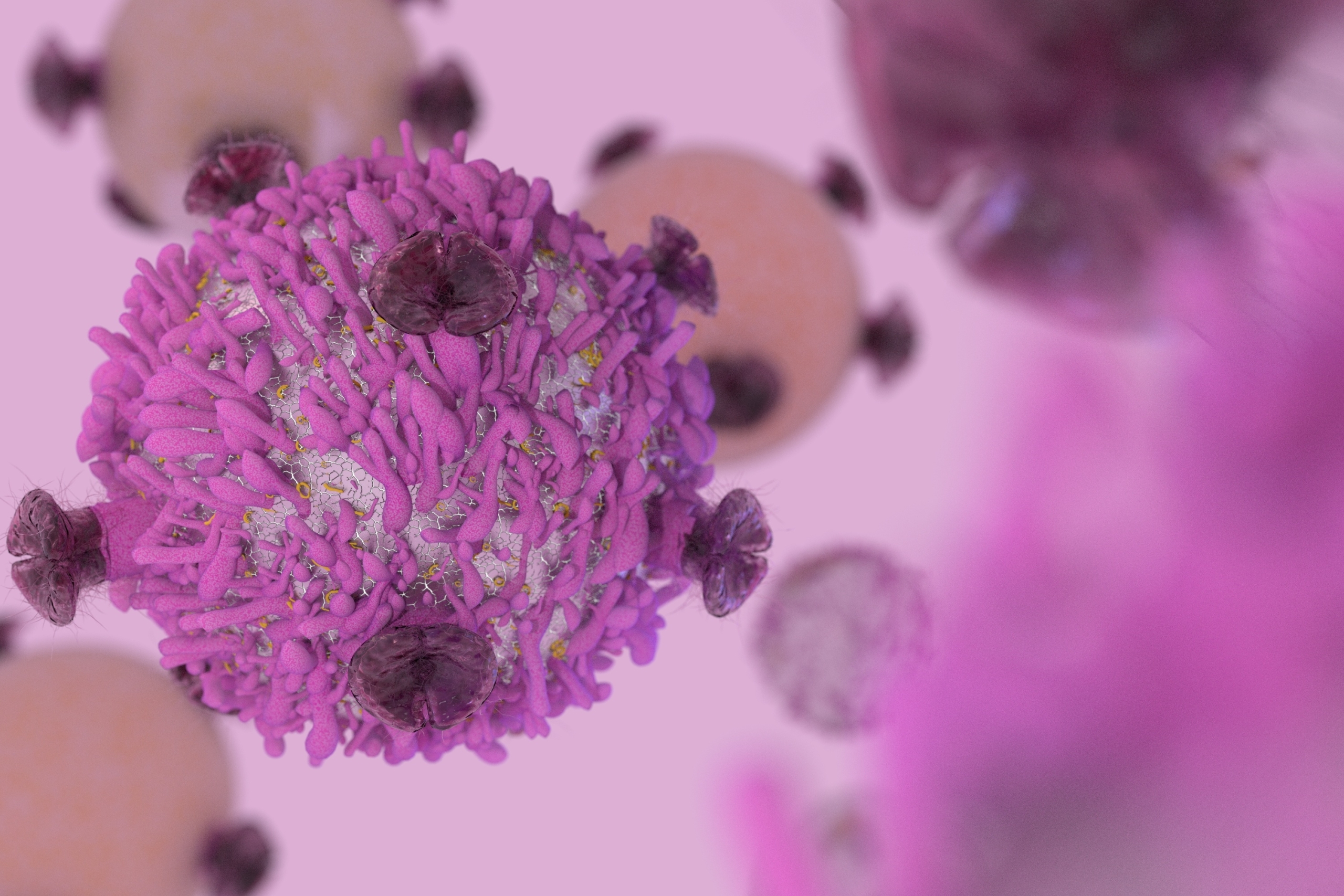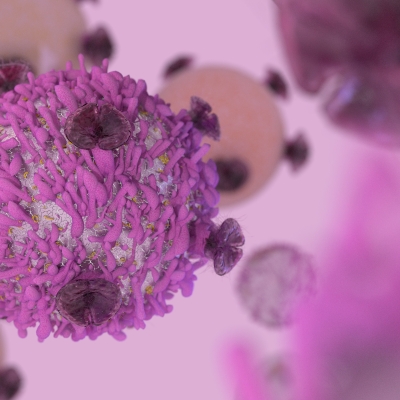TR&D 1

Research Objective: Enhance engineered platforms for antigen-specific CD8+ and CD4+ T cell stimulation and expansion.
Technology Outcome: Engineer next–generation aAPCs for ex vivo T cell stimulation, SOP development and engineer new biomaterials for ex vivo and in vivo applications.
We will exploit our aAPC platform, in which we developed the first-in-kind aAPC for induction of CD4+ cytotoxic T lymphocytes (CTL) and aAPCs that simultaneously co-activate and co-ligate CD4+ and CD8+ T cells, potentiating T cell antitumor activity. We will also extend this concept to a new biodegradable hydrogel microparticle-based aAPC to streamline and enhance T cell stimulation and expansion ex vivo and in vivo. This goal will be supported by three specific aims:
- Specific Aim 1: Engineer nanoparticle-based aAPCs for CD4+ T cell activation and expansion.
- Specific Aim 2: Engineer biocompatible hydrogel microparticle aAPCs (HMPs) for T cell stimulation in vitro and in vivo.
- Specific Aim 3: Apply NP-based aAPC and HMP-based aAPC platforms to human T cells.
In TR&D 1 we will show the breadth of possibilities for use of nano-aAPCs and HMP-based aAPCs for both CD8+ and CD4+ cells, in human and murine systems both ex vivo and in vivo. The core impact will be to enable translation of cellular immunotherapies: 1) The use of nano-aAPCs will increase control and scale-up of cellular therapies that will enhance, expand, and accelerate clinical adoption, and 2) The development of biodegradable aAPCs will usher the field of cell-based immunotherapy closer to “off-the-shelf” solutions.

